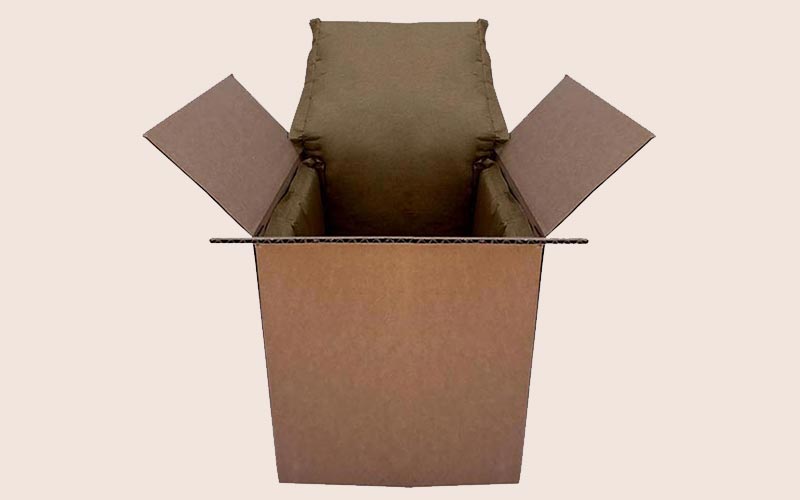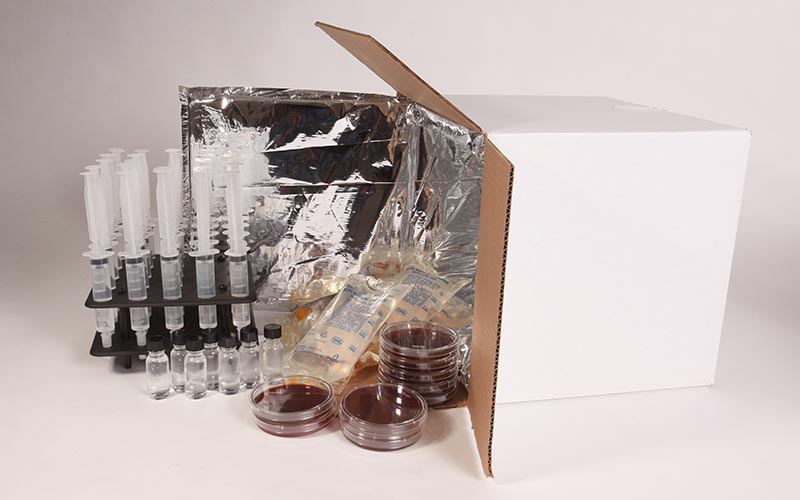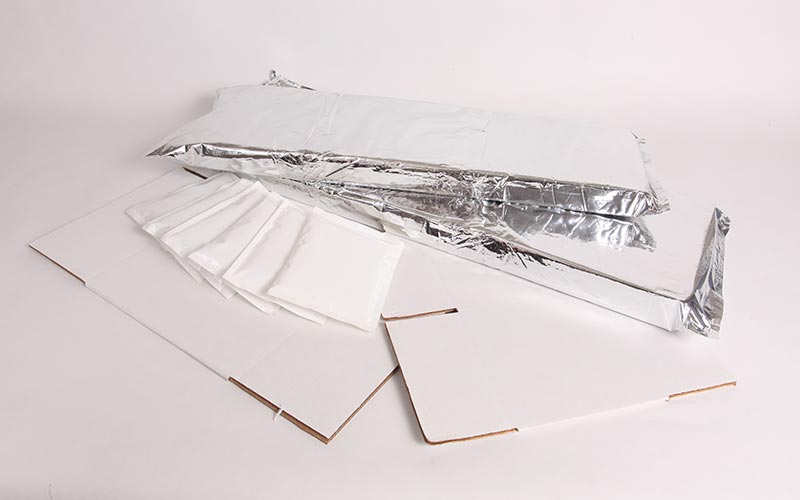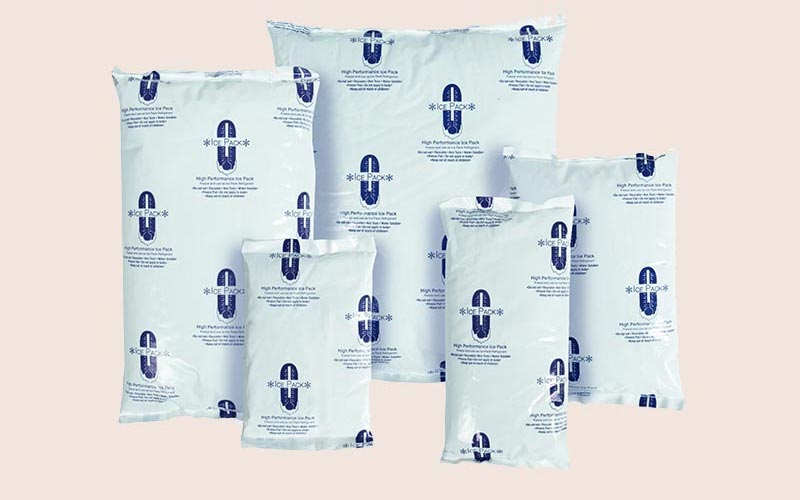Pharmaceuticals and other medical products have very particular temperature and humidity requirements that must be maintained if they are to remain safe and effective.
Exposure to temperatures or humidity beyond a narrow range, even for short periods, can render an entire batch of prescription drugs, vaccines, and medications useless and potentially dangerous.
While some spoilage is inevitable when shipping pharmaceuticals, much of this waste would be entirely preventable with the use of effective insulated packaging.
There are other important factors at play as well though. So, in this guide, we’ll discuss the best practices for shipping pharmaceuticals before considering some of the most effective insulated packaging solutions for shipping pharmaceuticals.
Best practices for shipping pharmaceuticals
To safely transport these life-saving products to hospitals, pharmacies, medical companies, laboratories, or directly to the consumer, it is crucial to control their temperature exposure throughout the entire shipping duration.
Regulatory authorities dictate, by law, the required temperature range for many pharmaceutical and medical products, including pills, capsules, vaccines, blood samples and diagnostic reagents.
To ensure optimal pharmaceutical insulation for such products, here are some of the best practices to follow.










